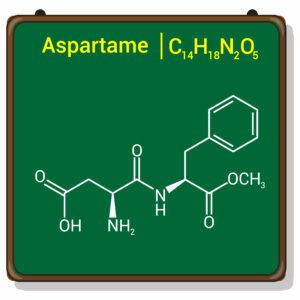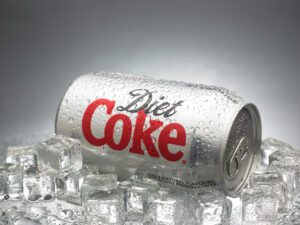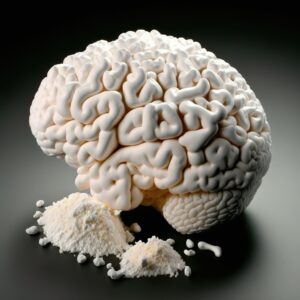Hidden Hazards: The Alarming Truth About Nano Plastics in Your Favorite Snack Foods
December 31, 2024
 267
267 
Nanoplastics are extremely small plastic particles that range in size from 1 to 1000 nanometers (nm)
To put this in perspective, they are much smaller than microplastics, which are typically less than 5 millimeters in size. Nanoplastics are so tiny that they are invisible to the naked eye and even under a simple microscope
These minuscule particles can originate from two main sources:
Nanoplastics have been found in various food items, including snacks. Some examples where they are prevalent in
It’s important to note that while these studies often measure phthalates or microplastics, these can be indicators of potential nanoplastic presence. The extremely small size of nanoplastics makes them challenging to detect and quantify accurately
The prevalence of nanoplastics in food snacks raises several concerns:
As research in this field continues, it’s becoming increasingly important to understand the prevalence and potential impacts of nanoplastics in our food supply, particularly in commonly consumed snacks and fast food items.
The best way to reduce nanoplastic intake from snacks is to opt for fresh, unprocessed foods:
Packaging is a significant source of nanoplastics in food:
How you store and prepare snacks can impact nanoplastic exposure:
Some foods may have higher nanoplastic content:
If you consume bottled beverages as snacks:
While it’s challenging to completely eliminate nanoplastics from your diet, these steps can significantly reduce your exposure through snack foods. Remember that a balanced, whole-food diet is generally the healthiest approach to nutrition and can naturally minimize your intake of nanoplastics
https://www.fda.gov/food/environmental-contaminants-food/microplastics-and-nanoplastics-foods
https://pubmed.ncbi.nlm.nih.gov/29370948/
https://pmc.ncbi.nlm.nih.gov/articles/PMC10453031/
https://pmc.ncbi.nlm.nih.gov/articles/PMC9026096/
https://news.unl.edu/article/nebraska-study-finds-billions-of-nanoplastics-released-when-microwaving
https://www.nature.com/articles/s41565-021-00886-4
https://www.plasticpollutioncoalition.org/resource-library/release-mps-nps-from-plastic-containers
https://www.consumerreports.org/health/health-wellness/how-to-eat-less-plastic-microplastics-in-food-water-a8899165110/
https://www.nature.com/articles/s41565-021-00886-4
https://www.fda.gov/food/environmental-contaminants-food/microplastics-and-nanoplastics-foods

A new study suggests that a widely used sugar substitute found in diet sodas, chewing gum, and low-sugar yogurt may elevate insulin levels. This could increase the long-term risk of heart disease. “Artificial sweeteners have infiltrated nearly all types of food, making it crucial to understand their long-term health effects,” said Yihai Cao, senior author […]

Diet Coke has long been a fan-favorite among soda lovers who want a fizzy, guilt-free alternative to traditional soft drinks. While its zero-calorie, zero-sugar label makes it seem like a healthier option, the reality is far more concerning. Despite its undeniable popularity, Diet Coke’s nutritional profile has raised red flags among health experts for years. […]

New study shows that embracing an anti-inflammatory, plant-forward diet can support cognitive function and help reduce the risk of dementia. What You Eat Shapes Your Brain The food you eat doesn’t just impact your body—it also affects your brain. Research suggests that eating an anti-inflammatory, plant-based diet can help improve memory, focus, and overall brain […]